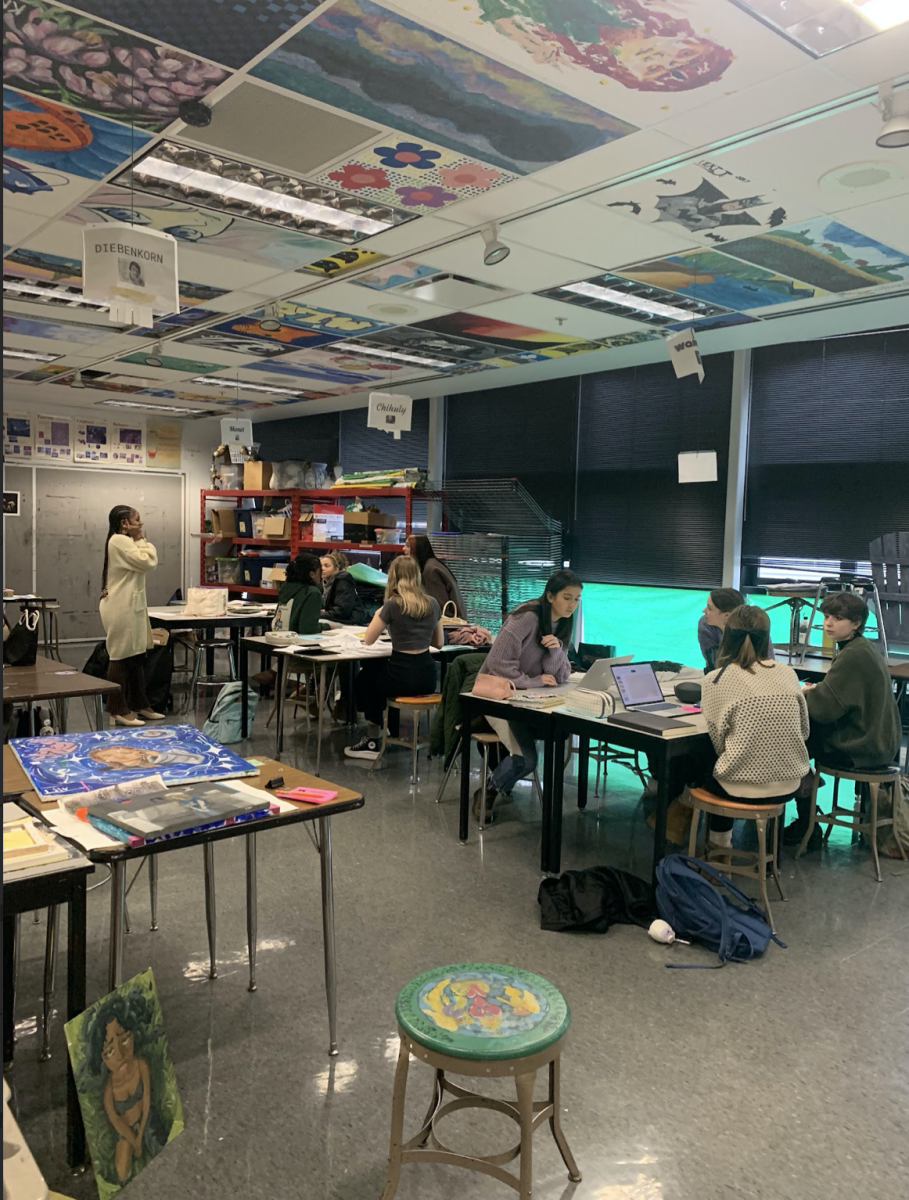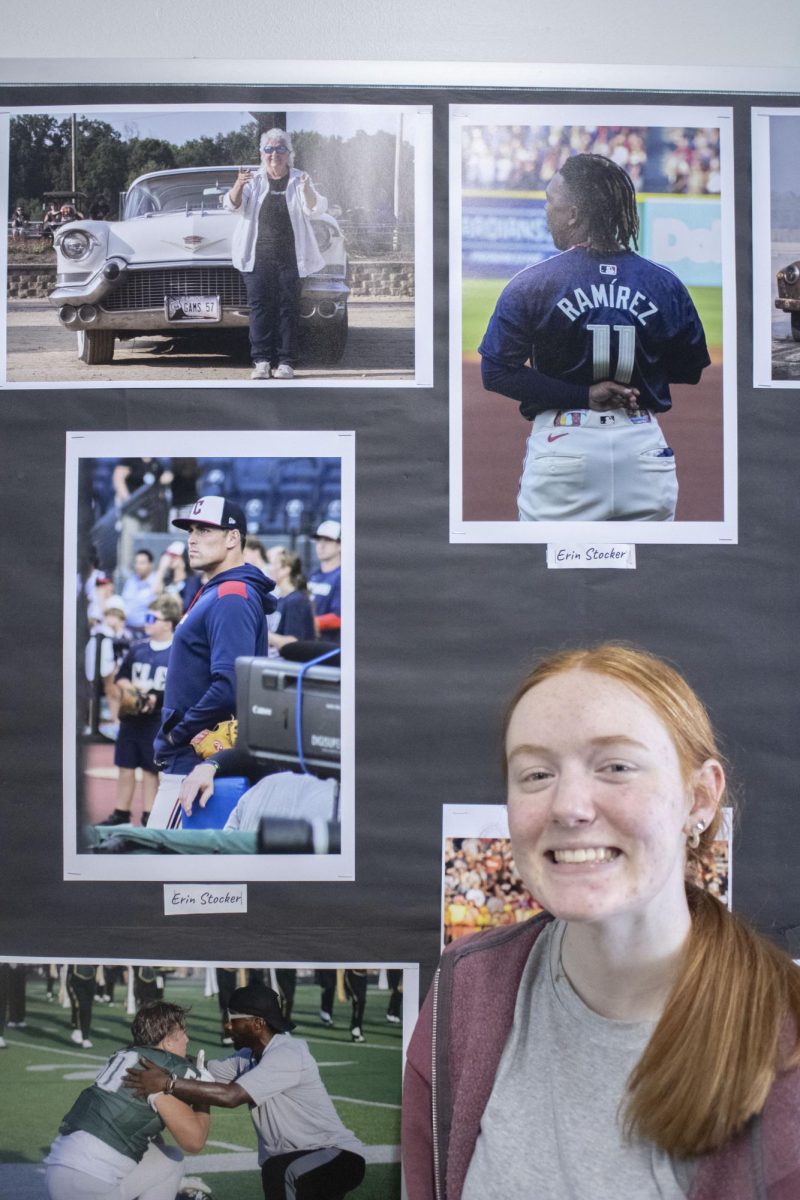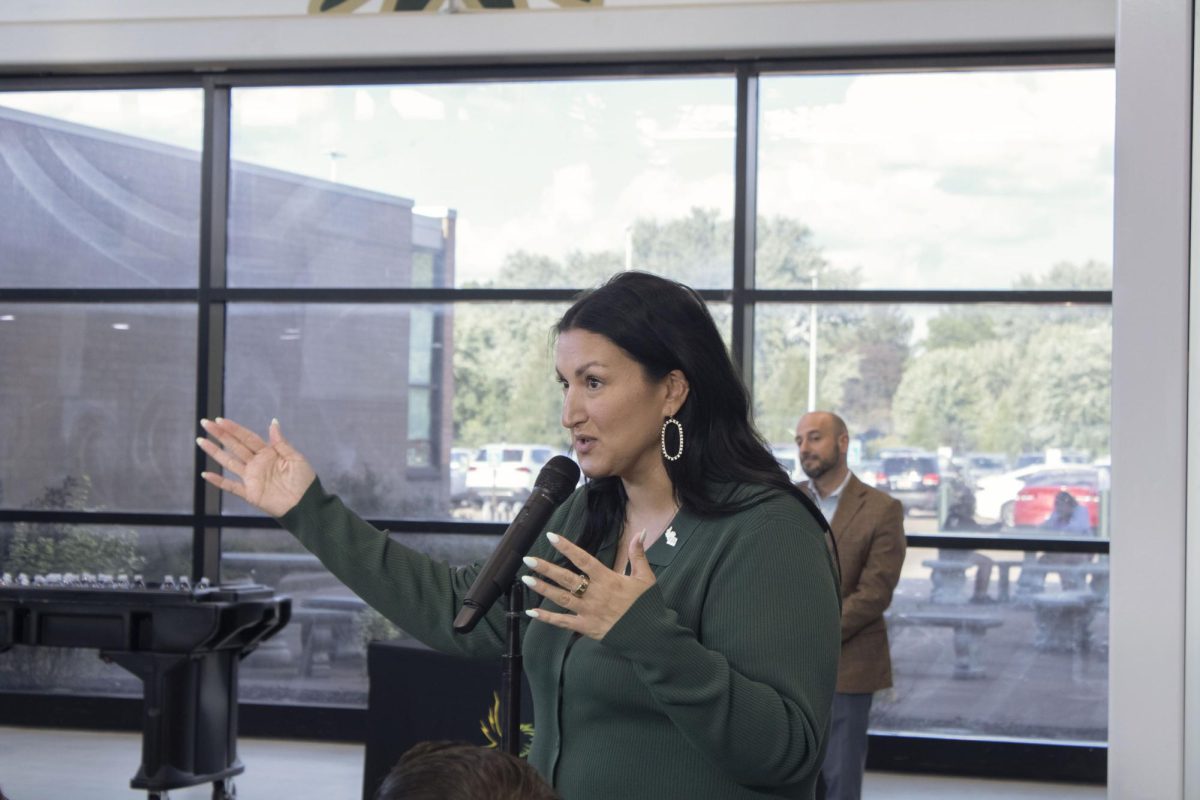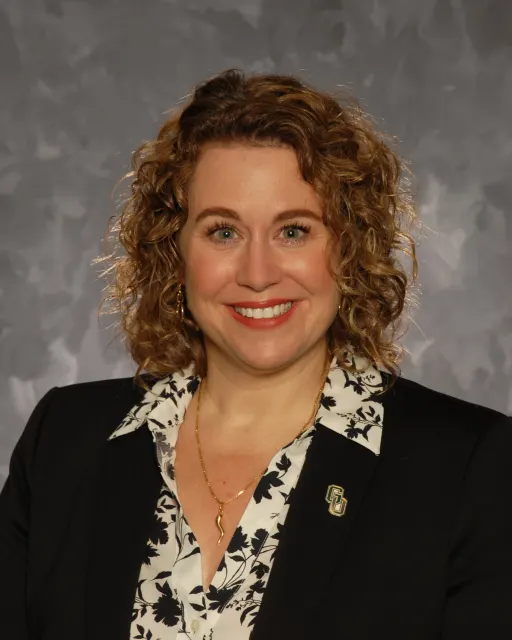Before winter turns to spring, the cold brisk air fills the atmosphere, the snow and slush hits the uggs, and all students and staff are looking forward to a snow day. While this may seem like a pretty plain time of year, it can be quite stressful for students. When scheduling, students have a plethora of options for the classes they can take and whatever they pick can change the trajectory of the rest of their high school and even future careers.
Students at GlenOak have many different types of classes to choose from, these include: on level courses, Career Techs, Honors classes, Advanced Placement (AP) courses, College Credit Plus (CCP) courses and International Baccalaureate (IB) classes. With all of these options, an option that used to be quite popular is starting to decline in popularity; AP courses.
This decrease is something that is starting to get more and more noticeable in recent times. In fact, AP Statistics teacher Adam Notarianni has seen his class dwindle in the past few years.
“ Three years ago for AP stats, I had two sections of it. At the beginning of the year, I had like over 30, probably combined between the two sections, a little bit more than that. Last year, I think it was like it started with like 16, and finished at 14. And this year, our class is super small. It’s at 9,” Notarianni said.
The exact reason AP classes are starting to diminish is not clear, but it is apparent that these classes are lessening. But one thing people have started to notice is student’s increase in participation in other courses like CCP and IB.
“Most AP classes are pretty hard, and then they take the entire year, and also for the AP exam that you’re almost expected to take at the end, it costs money. There’s a financial investment into it. You compare it to CCP, right? CCP, most of them are semester-based courses. It’s still graded on a higher grading scale. And then some students have told me that they see CCP classes as just easier alternatives,” Notarianni said.
For students classes like CCP or IB can be easier or even more collaborative, which is something that seems to be appealing to many students.
“Personally, I prefer CCP. And I think it’s because as an extrovert, the more collaborative nature works for me better than sitting down in lectures and just taking notes. Like really being able to discuss and break things down more. I think I’ve learned a bit more effectively that way,” sophomore Charlie Burton said.
The differences in learning styles between the different classes seems to be the selling point for many students. Students are choosing classes that align more with the way they like to learn.
But not only is the class style different, the cost is different as well.
With AP students taking the course for free but paying roughly $97 for each exam, then IB, while it has a collaborative environment, courses are around $130 per exam, which leaves CCP being the only free option to receive a weighted credit and college credit. This can be a huge incentive for students to take CCP over AP and other alternative courses.
“AP doesn’t guarantee college credit and if you pass the class it doesn’t do much for you besides boost your GPA. For example this class (CCP COMP I) if I pass, I get a better GPA and automatically get the college credit,” junior Emmerson Kush said.
In the case of CCP, students are taking it because they enjoy the learning environment and get college credit if they pass the class unlike AP where students do not get college credit unless they pass the AP Exam.
While AP can take longer, has an exam, and could potentially be a bit more challenging, AP can still be a very beneficial class.
“The AP offerings at this school are really good and it’s kind of a shame that they’re not being taken advantage of, because that’s what they’re here for. They’re here to challenge students, give them a look into what college courses look like to push them a little bit,” Notarianni said.
With AP classes the possibilities could be endless, but all we can do is wait for time to tell.








